Street food represents the heart and soul of local culture, offering authentic flavors that fancy restaurants often can’t match. From Bangkok’s bustling night markets to Mexico City’s taco stands, these roadside gems serve up experiences that go far beyond just filling your stomach.
However, diving into street food without proper knowledge can turn your dream vacation into a nightmare of stomach troubles. Here is a list of 20 essential rules that’ll help you navigate the world of street vendors safely while maximizing your culinary adventures.
Follow the Locals
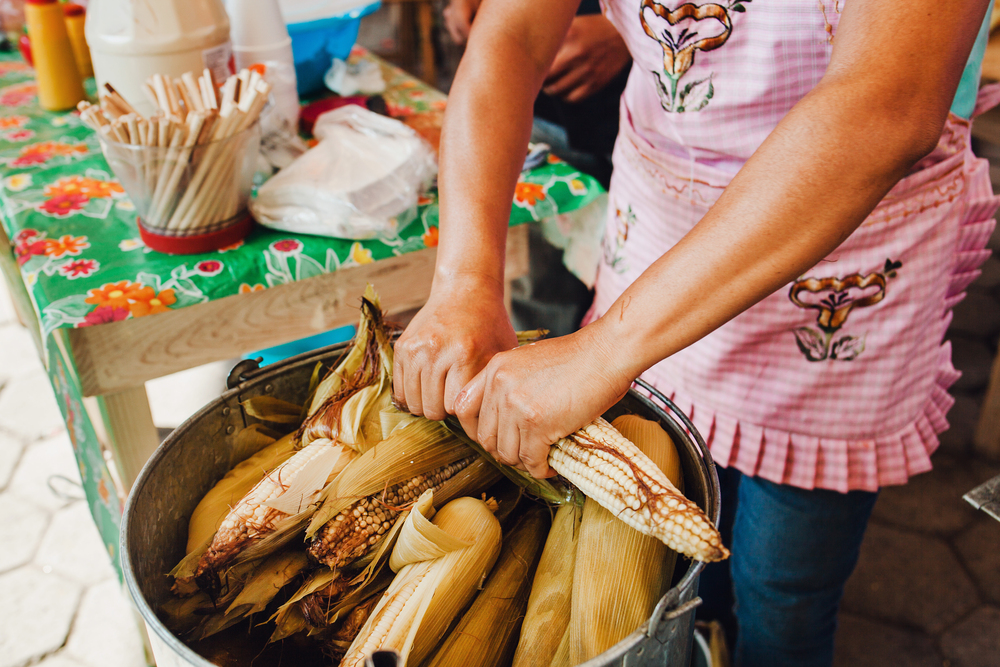
The best street food advice comes from watching where locals eat. When you see a long line of office workers during lunch break, that’s your golden ticket to authentic flavors. Locals know which vendors have been around for years, yet they also know which ones to avoid like the plague.
Look for High Turnover
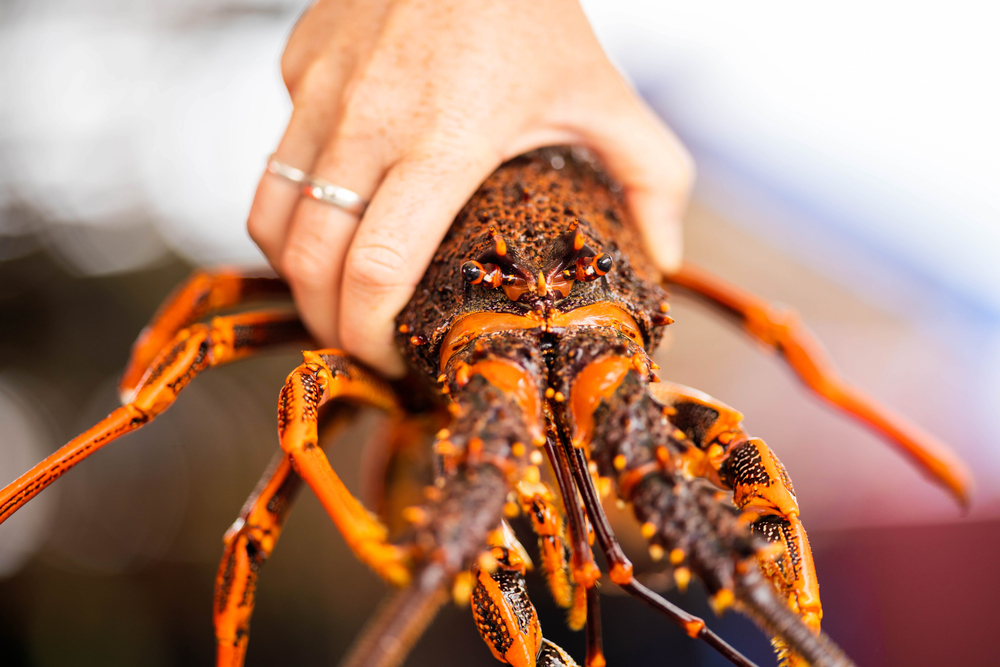
Fresh ingredients move fast at popular stalls, which means less time for bacteria to multiply. A vendor selling out of food by mid-afternoon is usually a good sign that their product is both delicious and safe. Think of it like a busy restaurant versus an empty one, though there’s usually a reason for the difference.
Like Travel Pug’s content? Follow us on MSN.
Check the Cooking Temperature
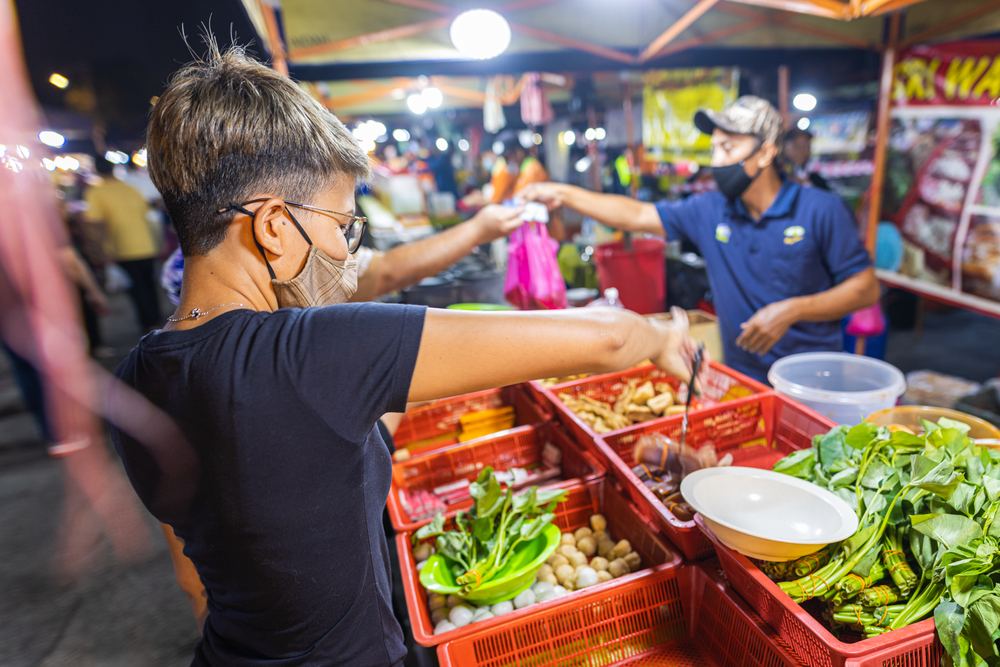
Your food should be cooked thoroughly and served piping hot. Steam rising from your plate isn’t just dramatic — it’s your best defense against foodborne illness. Cold or lukewarm street food is like playing Russian roulette with your digestive system, yet many travelers ignore this basic safety principle.
Avoid Pre-Cut Fruits
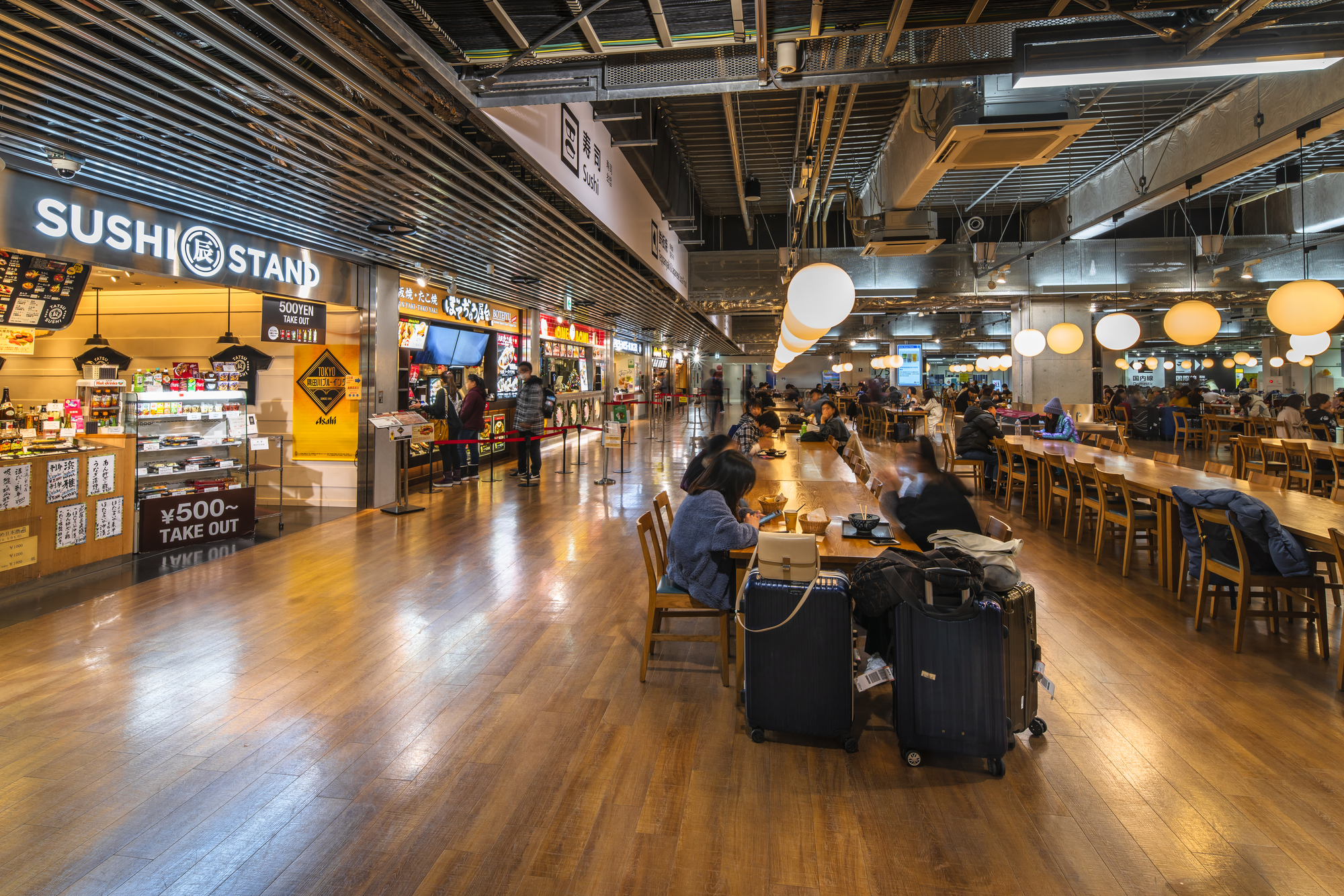
Whole fruits that vendors peel or cut fresh in front of you are generally safe. Pre-cut fruits sitting in displays have been exposed to air, flies, and contamination for unknown periods. The extra minute of waiting for fresh preparation is worth avoiding days of discomfort, though patience isn’t always easy when you’re hungry.
Watch the Water Source

Clean water should be used for washing, cooking, and ice preparation. Many street vendors use bottled or filtered water and yet some still rely on questionable sources. When in doubt, skip drinks with ice or anything that requires water for preparation.
Like Travel Pug’s content? Follow us on MSN.
Trust Your Nose

Your sense of smell evolved to protect you from dangerous food, so don’t ignore it. Fresh ingredients smell appetizing, while spoiled food carries distinct warning signals. If something smells off, walk away regardless of how hungry you are, though this can be tough when everything else looks amazing.
Eat Where It’s Busy
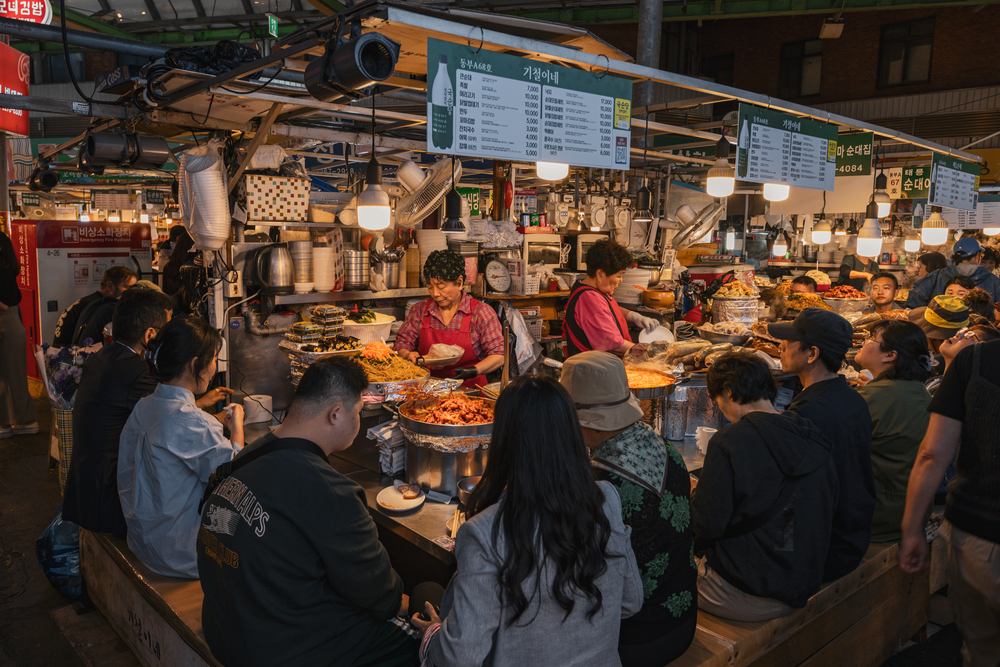
Crowded food stalls aren’t just popular because of location — they’re usually serving quality food that people return for repeatedly. Empty stalls during peak hours often indicate problems that locals already know about, yet tourists frequently overlook this obvious warning sign. Follow the crowds, and you’ll rarely go wrong.
Avoid Dairy in Hot Climates

Milk-based products spoil quickly without proper refrigeration, making them risky choices in tropical destinations. Cheese, cream sauces, and dairy-heavy dishes can harbor dangerous bacteria when left at room temperature. Stick to dairy-free options when the temperature climbs above 80 degrees, though this means missing some delicious local specialties.
Like Travel Pug’s content? Follow us on MSN.
Start Slow with Spice Levels

Your tolerance for local spice levels differs dramatically from what locals consider ‘mild. Begin with less spicy options and work your way up over several days, though your pride might suggest otherwise. Jumping straight into the hottest dishes can cause digestive upset that has nothing to do with food safety.
Bring Hand Sanitizer

Clean hands are your first line of defense against contamination, especially when eating finger foods. Many street food areas lack proper handwashing facilities, making portable sanitizer essential, yet it’s something many travelers forget to pack. Apply it before and after eating, particularly when handling shared condiments or utensils.
Learn Basic Food Terms

Knowing words like ‘no spicy,’ ‘vegetarian,’ or ‘allergy’ in the local language prevents dangerous misunderstandings. These simple phrases can save you from accidentally consuming ingredients that could ruin your trip. Most vendors appreciate the effort and will take extra care with your order.
Like Travel Pug’s content? Follow us on MSN.
Check Vendor Licensing
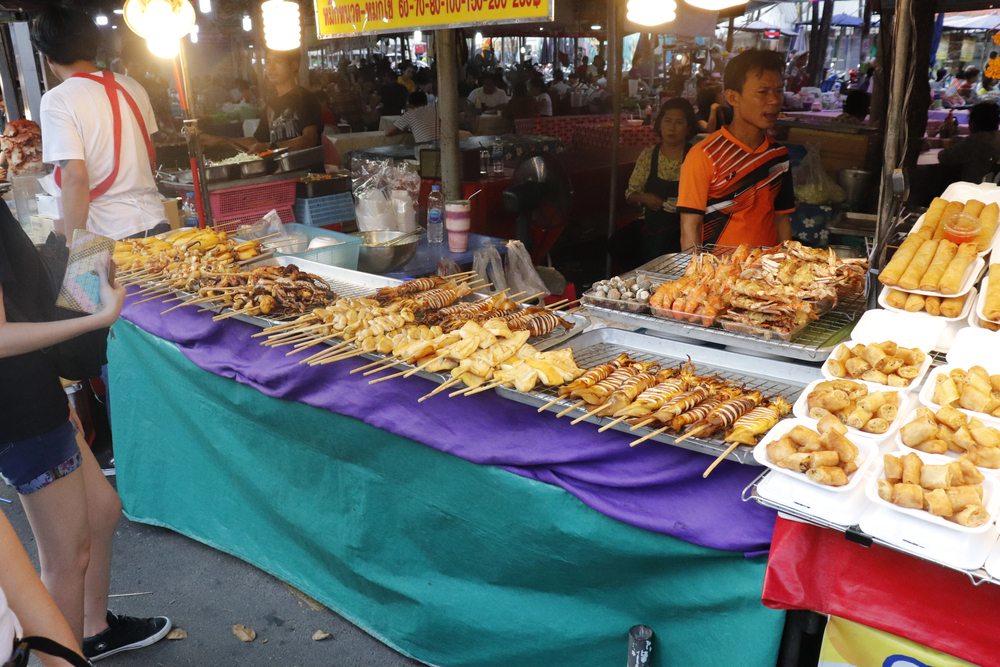
Licensed vendors usually display permits or health certificates prominently at their stalls. These documents indicate government oversight and regular inspections. While not foolproof, licensed vendors generally maintain higher standards than completely unregulated operations.
Avoid Buffet-Style Setups
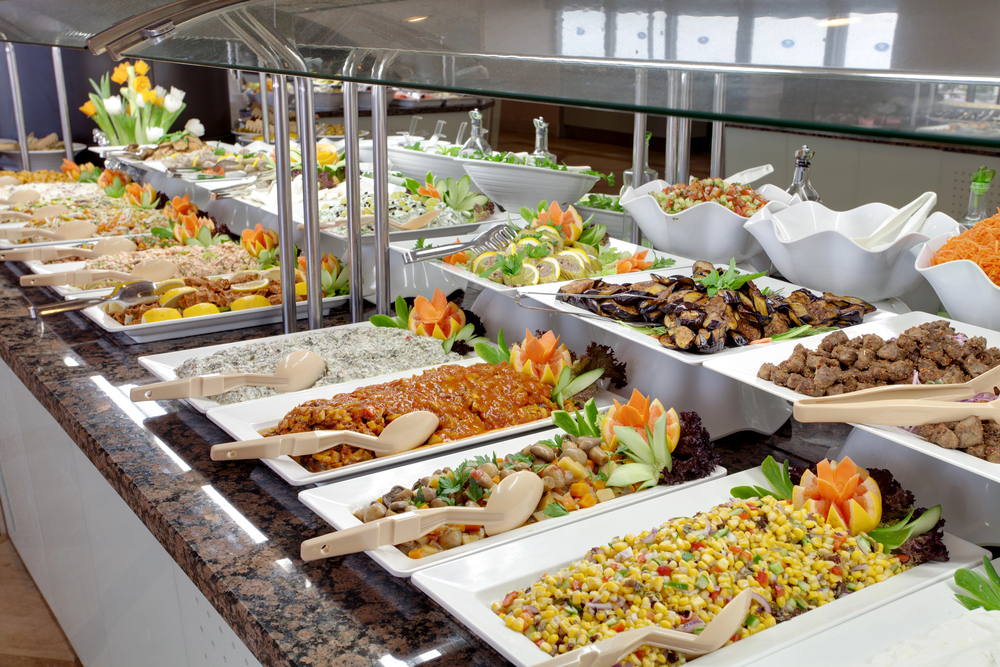
Food sitting in open containers for extended periods accumulates bacteria and attracts insects. Buffet-style street food rarely maintains safe temperatures throughout the day. Choose vendors who cook individual orders or serve from covered, heated containers instead.
Choose Freshly Cooked Items
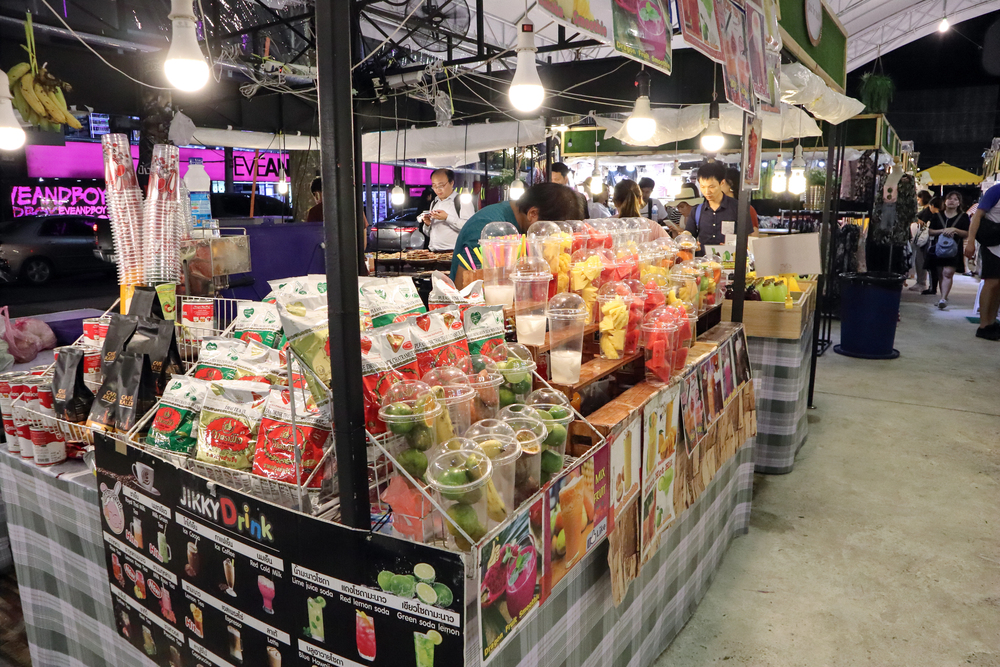
Food cooked to order tastes better and carries significantly less risk than pre-prepared items. Watching your meal being prepared also gives you insight into the vendor’s cleanliness and cooking practices. The extra wait time is a small price for both safety and flavor.
Like Travel Pug’s content? Follow us on MSN.
Stay Hydrated Properly

Street food adventures often involve lots of walking and standing in hot weather, making hydration crucial. Stick to bottled water or drinks from reputable vendors that are properly refrigerated. Dehydration makes you more susceptible to illness while clouding your judgment about food choices.
Respect Local Customs
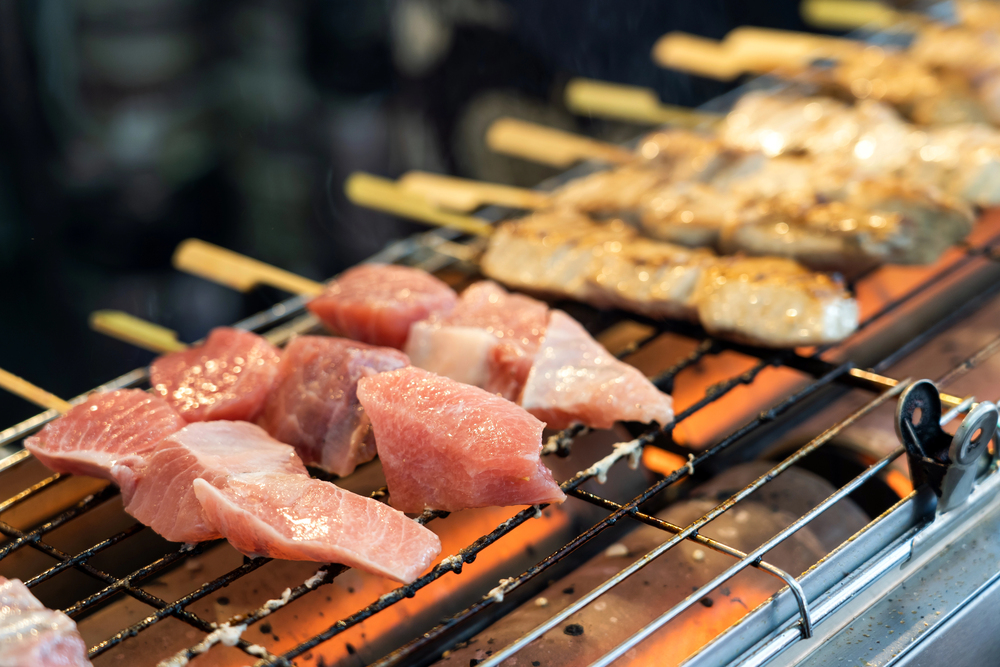
Each culture has specific etiquette around street food consumption, from removing shoes to using particular utensils. Observing and following these customs shows respect while often resulting in better service. Vendors appreciate customers who understand local traditions.
Carry Small Bills

Street vendors rarely have change for large denominations, and haggling over prices while holding expensive bills creates unnecessary tension. Small bills also help you avoid overpaying when language barriers complicate transactions. Keep your money in easily accessible yet secure locations.
Like Travel Pug’s content? Follow us on MSN.
Know Your Allergies

Food allergies can be life-threatening, and street vendors may not understand the severity of cross-contamination. Research common ingredients in local cuisine before traveling, while carrying translation cards explaining your restrictions. Consider packing emergency medication if you have severe allergies.
Time Your Meals Right
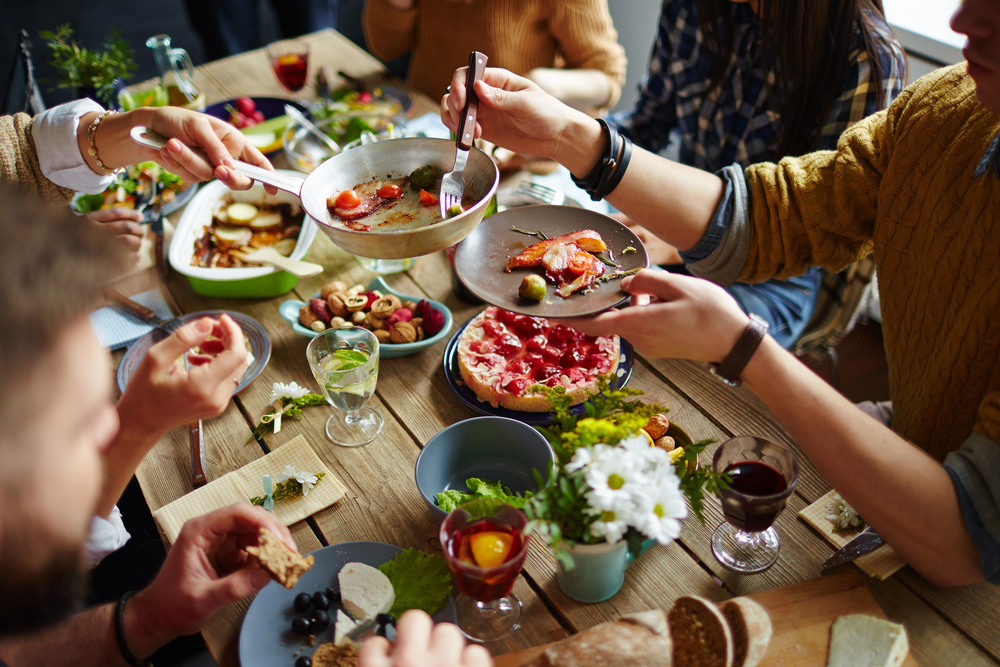
Peak eating hours ensure fresher ingredients and faster turnover, reducing contamination risks. Eating extremely late or extremely early often means consuming food that’s been sitting around longer. Align your street food adventures with local meal times for the optimal experience.
Have Backup Plans
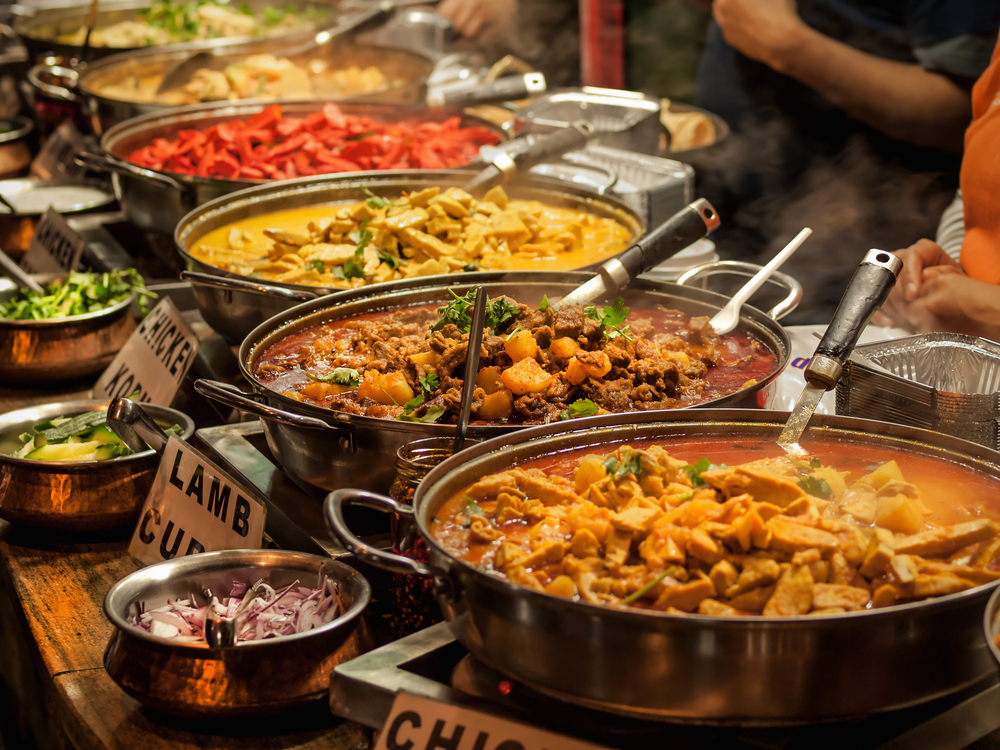
Sometimes street food doesn’t agree with your system, despite taking all precautions. Research nearby pharmacies, medical facilities, and backup dining options before venturing out. Having contingency plans reduces stress while helping you recover quickly if problems arise.
Like Travel Pug’s content? Follow us on MSN.
The Timeless Art of Eating Well
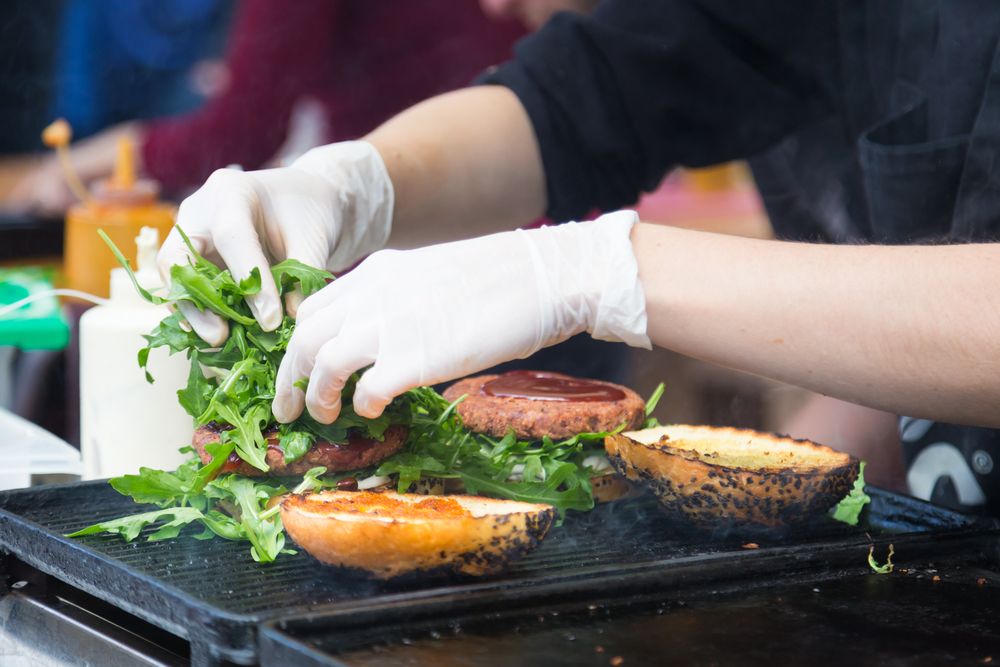
Street food culture has thrived for centuries because communities have developed these safety practices over generations through trial and error. What seems like common sense today represents accumulated wisdom from countless vendors and customers who learned these lessons the hard way.
Modern travelers benefit from this collective knowledge while contributing to traditions that connect us across cultures and continents. The vendors serving food today often represent family businesses passed down through multiple generations, making each meal a connection to living history that extends far beyond simple sustenance.
More from Travel Pug

- 20 Best Beach Towns in the Carolinas
- 13 Destinations Where Tourists Regularly Regret Their Trip
- 20 Things You Actually Get in First Class
- 20 Small Airports With Aviation Museums
- 20 Places in the U.S. That Are Perfect for a Reset Trip
Like Travel Pug’s content? Follow us on MSN.
